Night vision technology has seen significant advancements over the years. In the past, their use in underwater environments was limited due to the lack of effective waterproofing. Today, however, many night vision devices, such as binoculars, goggles, and optical sights, are designed to be waterproof or water-resistant, providing users with reliable functionality in underwater environments.
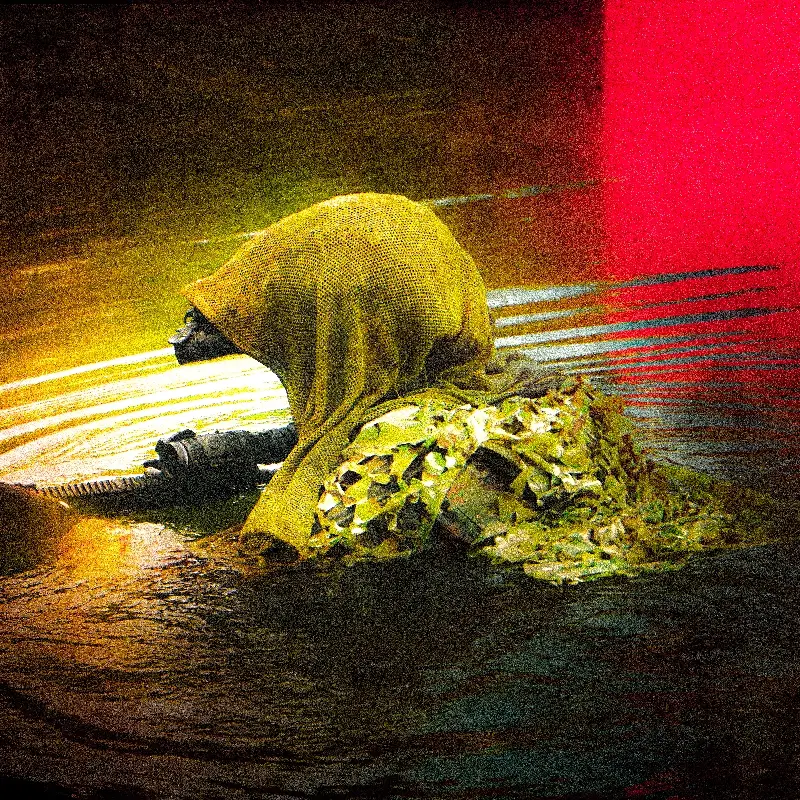
Does Night Vision Work Underwater?
A purely technical answer to this question is yes, it works. But there are a few factors that affect night vision to work underwater at night.
- Light Availability
Underwater environments typically have much lower light levels compared to above-ground settings, especially as depth increases. Ambient light from the moon or stars is either absorbed or scattered by water, leaving little for NVGs to amplify.
- Optical Distortion
Water bends and scatters light differently than air, causing images captured by NVGs to appear blurry or distorted.
- Infrared Absorption
One method for utilizing night vision underwater is the use of active infrared illumination. This approach uses specialized spotlights or LEDs to emit infrared radiation, which then reflects off objects. The reflected energy can be captured by a night vision device, enabling it to generate an image.
However, water absorbs infrared wavelengths quickly. This significantly reduces the effectiveness of infrared-based night vision technology underwater.
- Device Design and Technology
The effectiveness of underwater night vision depends on the quality of the device’s optics and filters. Specialized lenses and coatings can reduce scattering and improve image clarity.
The Waterproof Qualities of Night Vision Goggles
Not all night vision goggles are suitable for underwater use. Before diving, it is essential to choose the right equipment. The device must have a sealed casing free of cracks or scratches, and offer additional waterproof protection. Furthermore, the manual should specify the maximum immersion depth.
RIX Tactical offers durable and reliable options for underwater scenarios.
The RNV-14/31 is designed for submersion up to 10 meters, while the RNV-31S provides enhanced waterproof capabilities, allowing use at depths of up to 20 meters. These models ensure performance and protection in challenging environments.
Technology in Underwater Night Vision Goggles
Due to the properties of light transmission, there is often still a presence of visible and infrared light in shallower waters. As a result, visible light in the water can sometimes pass through, allowing night vision goggles to capture and enhance it.
Additionally, some devices specifically designed for underwater use feature special optical lenses and filters that minimize scattering and absorption effects in the water, improving visual performance.
Many models also include active infrared illumination, using infrared LEDs or spotlights to reflect light off underwater objects, ensuring effective image enhancement even in complete darkness. These technologies and designs enhance image clarity in aquatic environments, enabling users to navigate, observe, and complete tasks more effectively underwater.
Night Vision Underwater Applications
Underwater night vision provides important technical support for people to work, research, and explore in underwater environments, and is widely used in many fields:
- Search and Rescue Operations
Underwater night vision devices play a critical role in underwater search and rescue missions. By improving visibility, rescuers can locate individuals, objects, or wreckage more effectively, even in challenging water conditions.
- Inspection of Underwater Structures
Night vision can be used to inspect underwater infrastructure, such as ship hulls, pipelines, and cables. It enables professionals to detect damage, perform maintenance, and ensure structural integrity in areas where traditional lighting is insufficient.
- Marine Life Observation and Research
Scientists and researchers utilize underwater night vision to study nocturnal marine life and explore deep-sea habitats. The technology allows for non-intrusive observation, providing insights into aquatic ecosystems without disturbing the environment.
- Military and Law Enforcement Missions
Night vision technology is essential for covert underwater operations, including surveillance, reconnaissance, and tactical missions. Its ability to function in dark and turbid waters provides a significant advantage in critical scenarios.
Night vision technology can be an invaluable tool for exploring the underwater world, allowing you to fully experience and observe the dynamic environment beneath the surface.
However, it’s important to note that not all night vision devices are designed for underwater use. Selecting and testing the right equipment before diving is crucial to ensure optimal performance. With the proper device, you can simply relax and immerse yourself in the underwater night adventure.

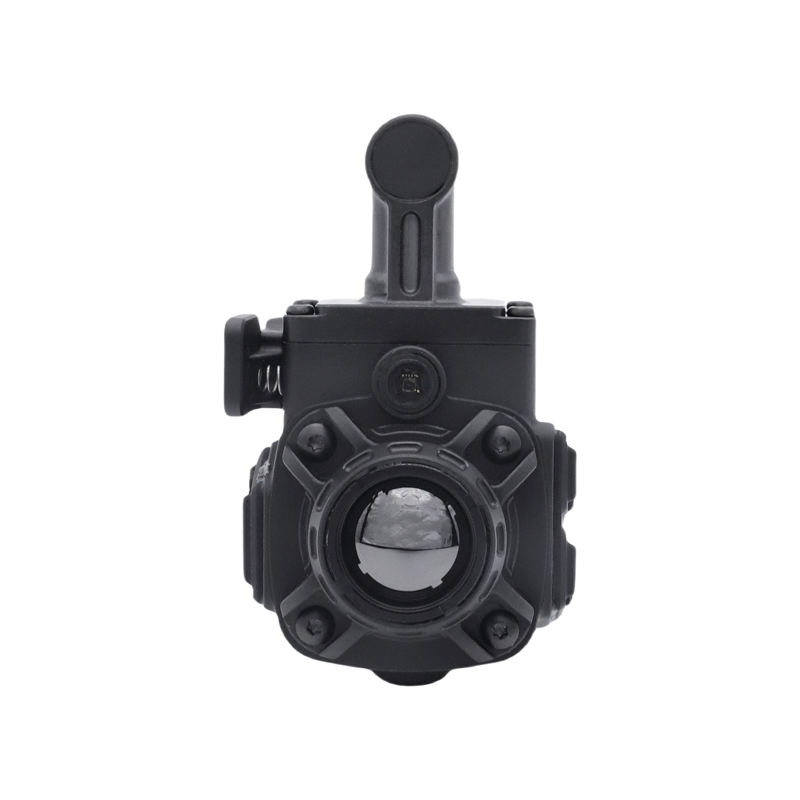
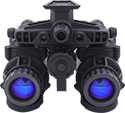
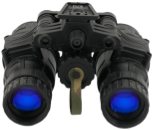

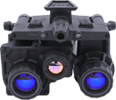
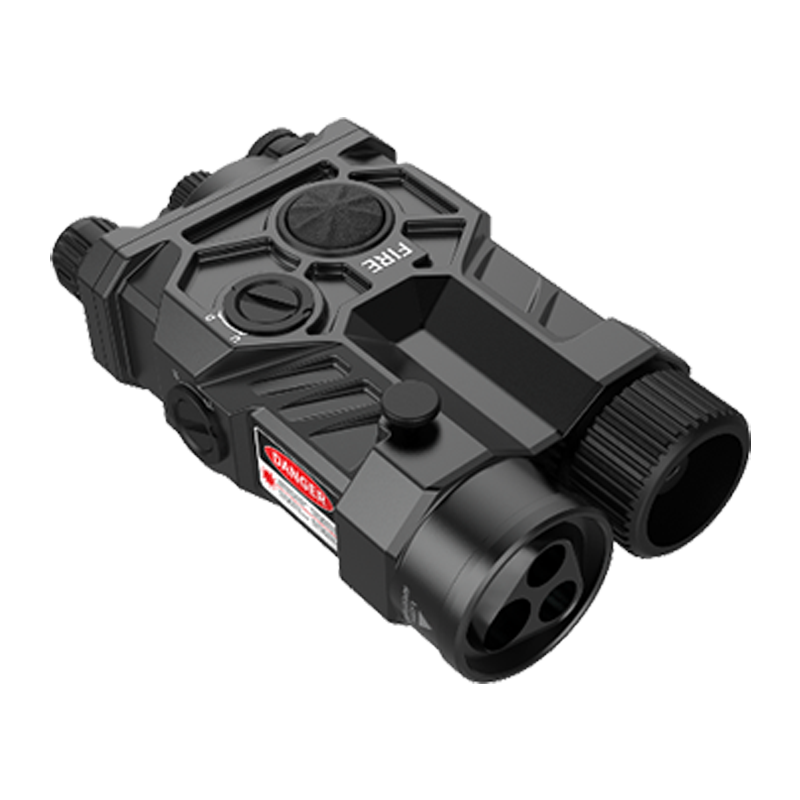
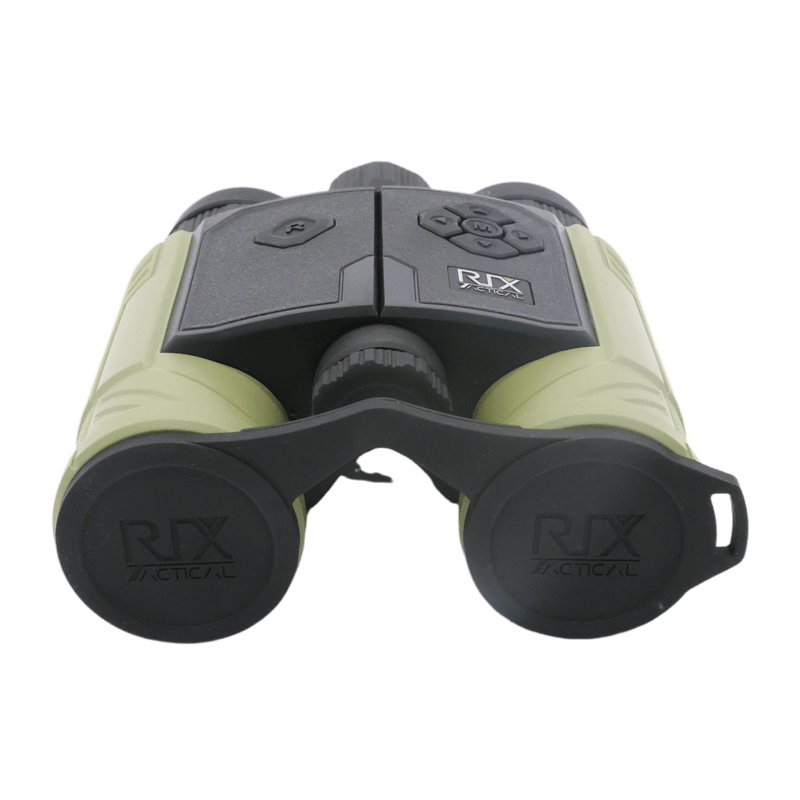
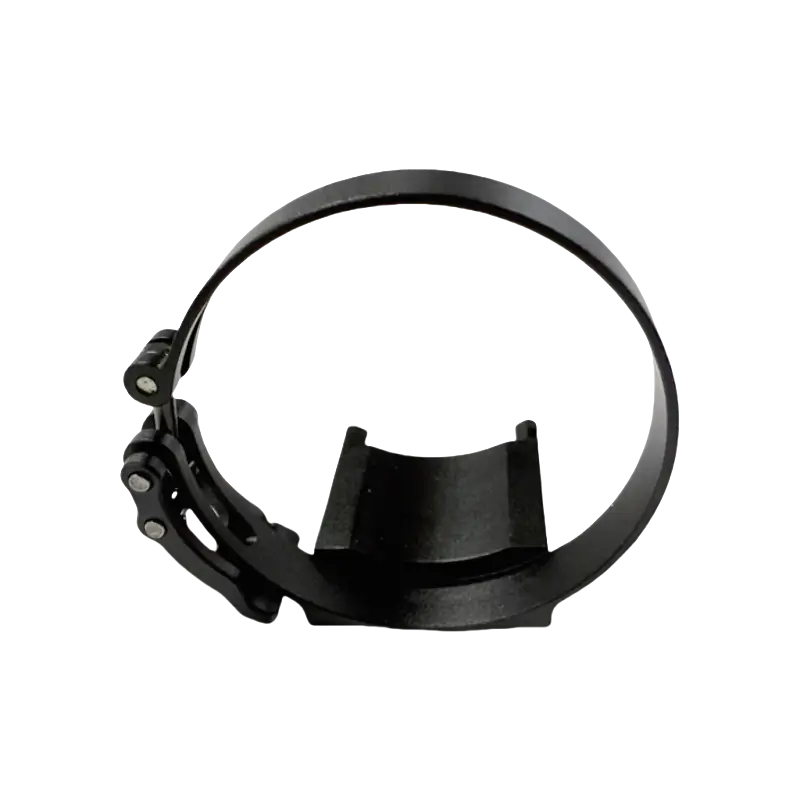
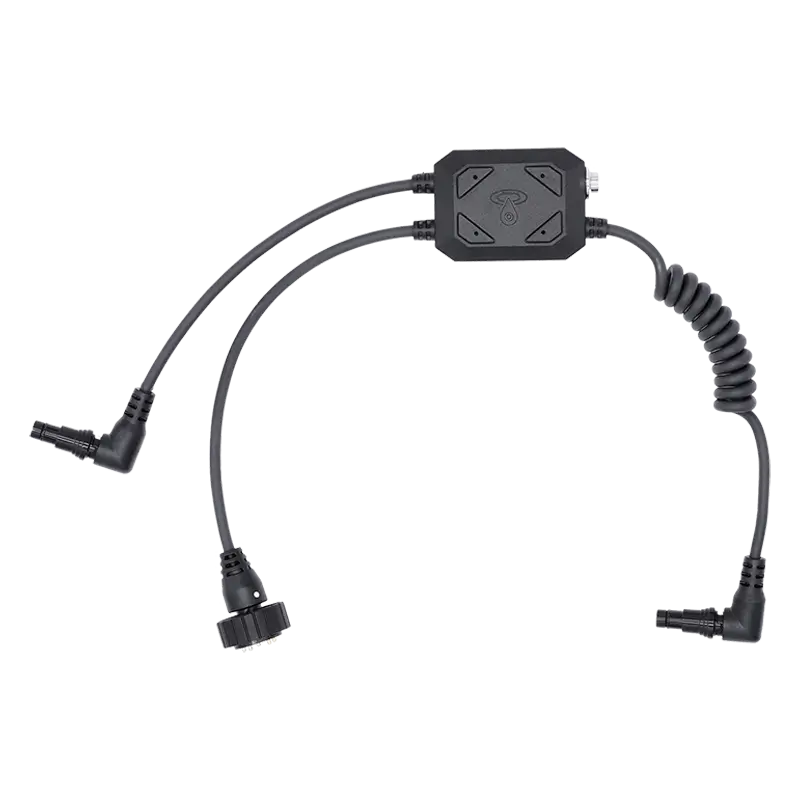
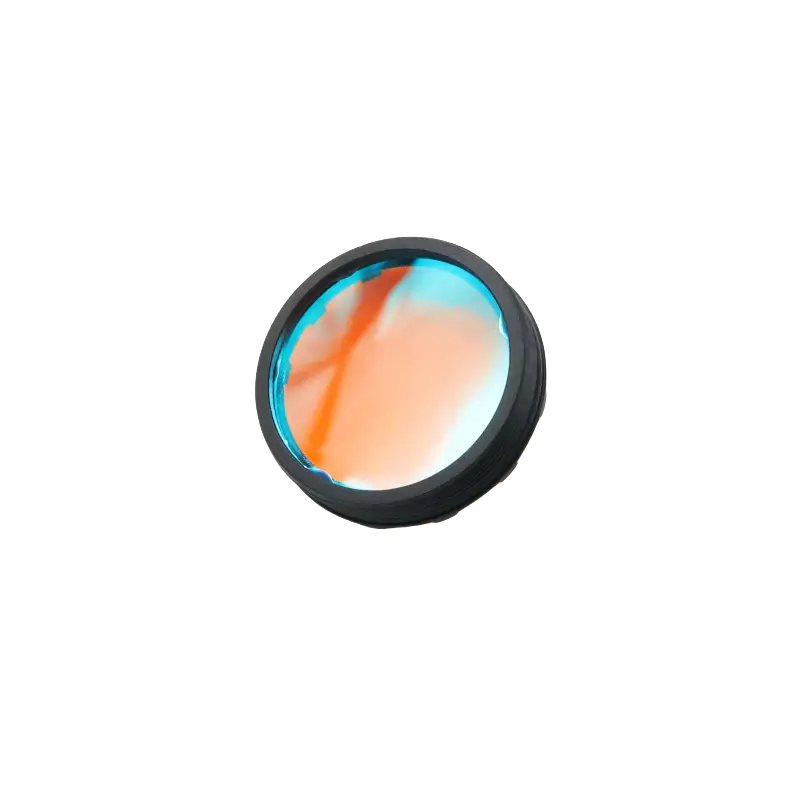
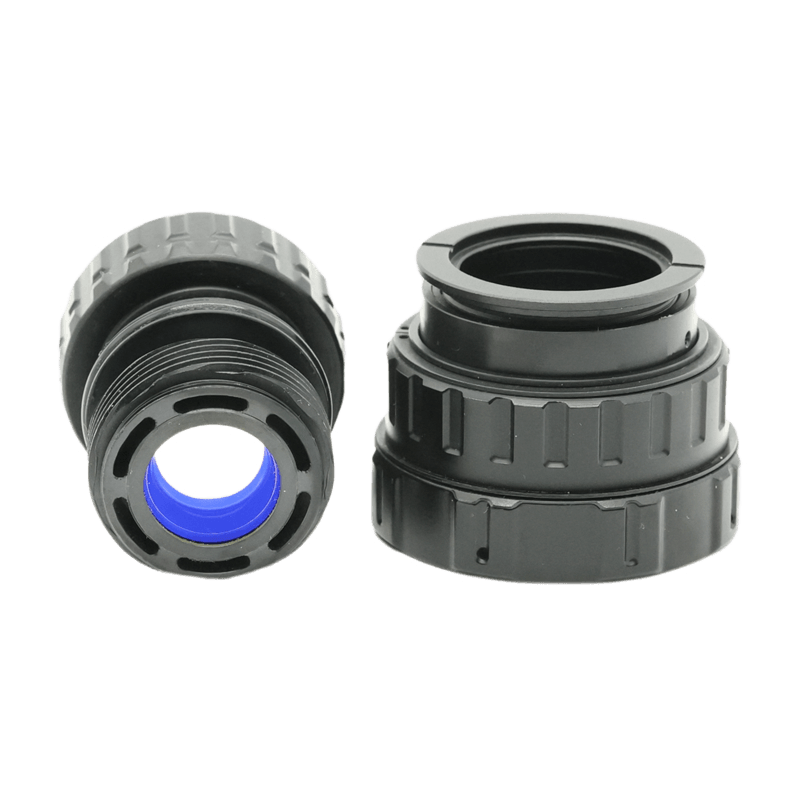
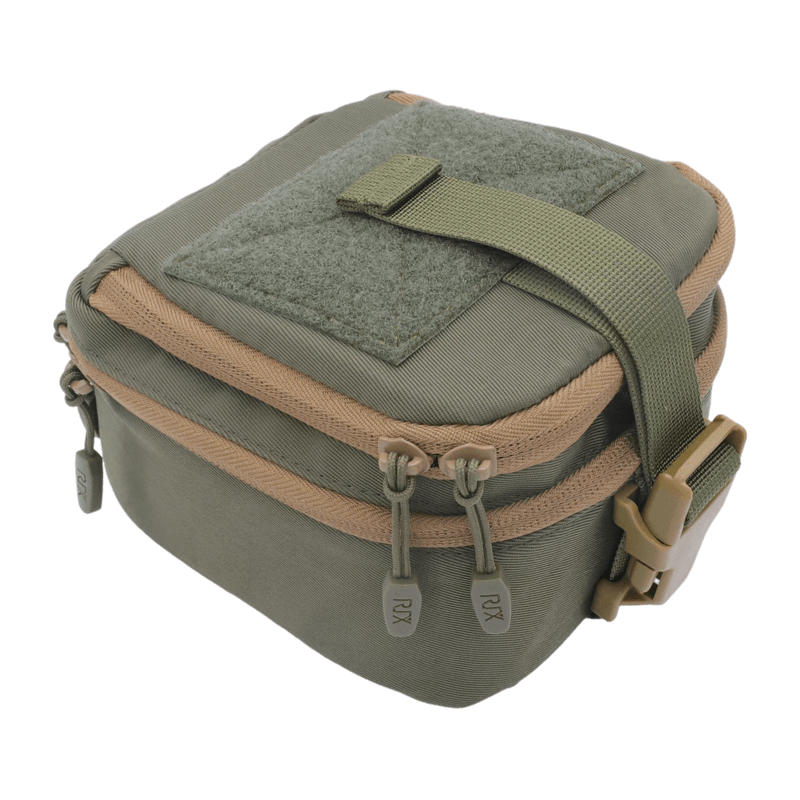
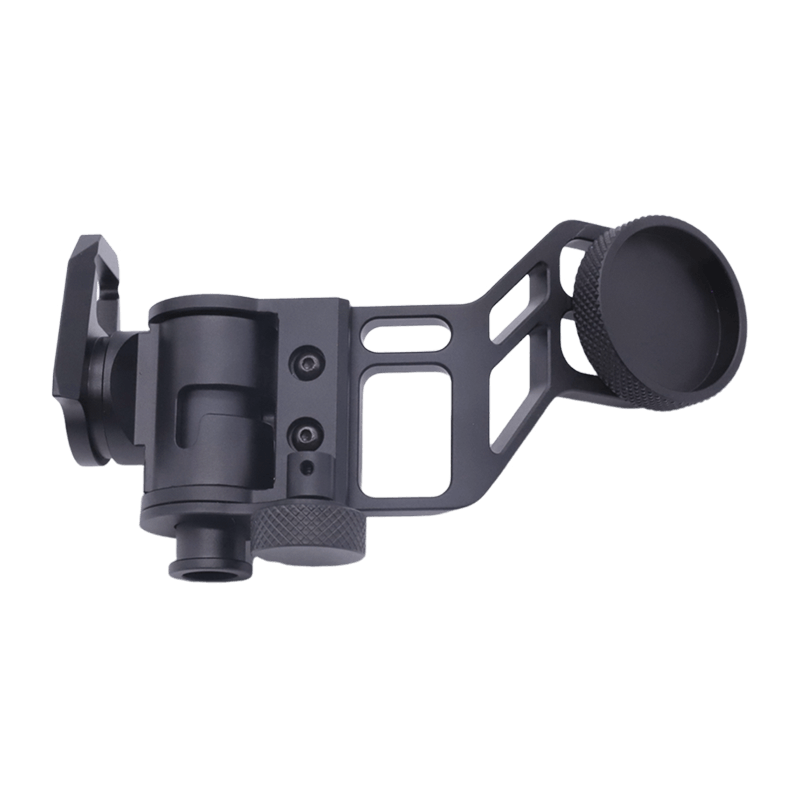
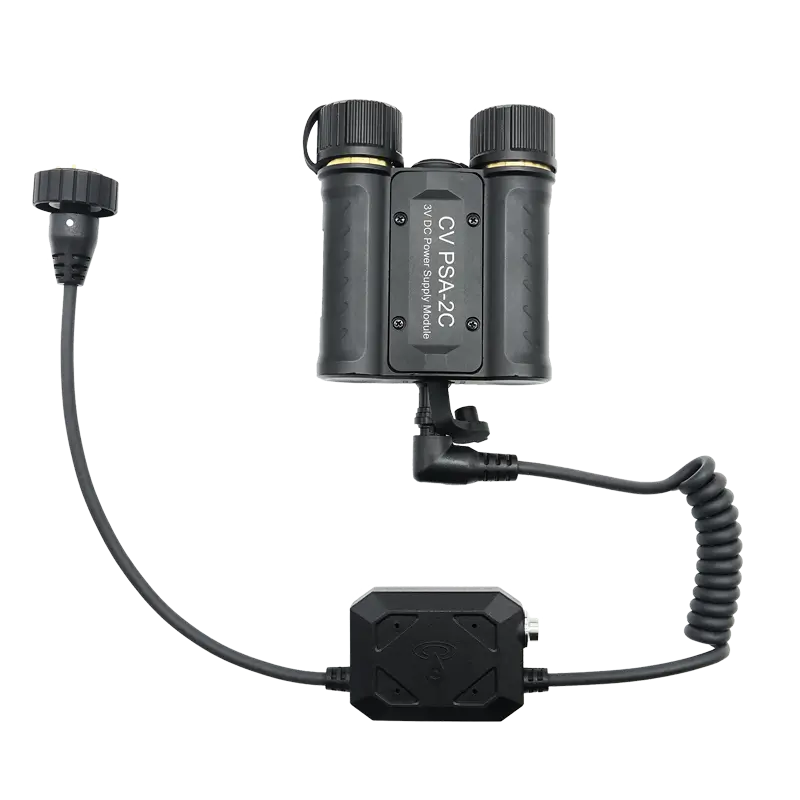
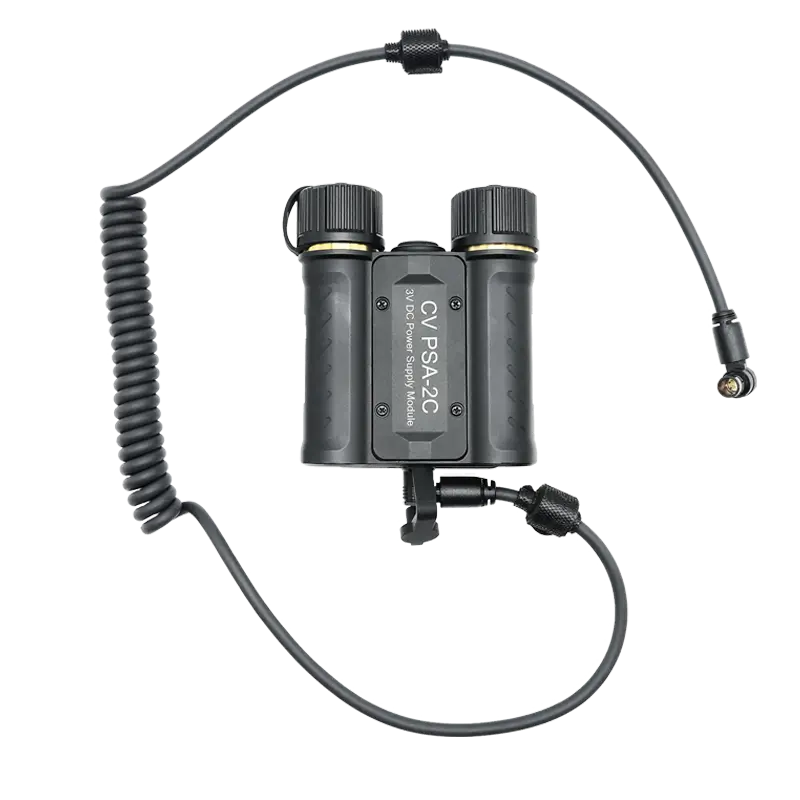
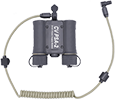

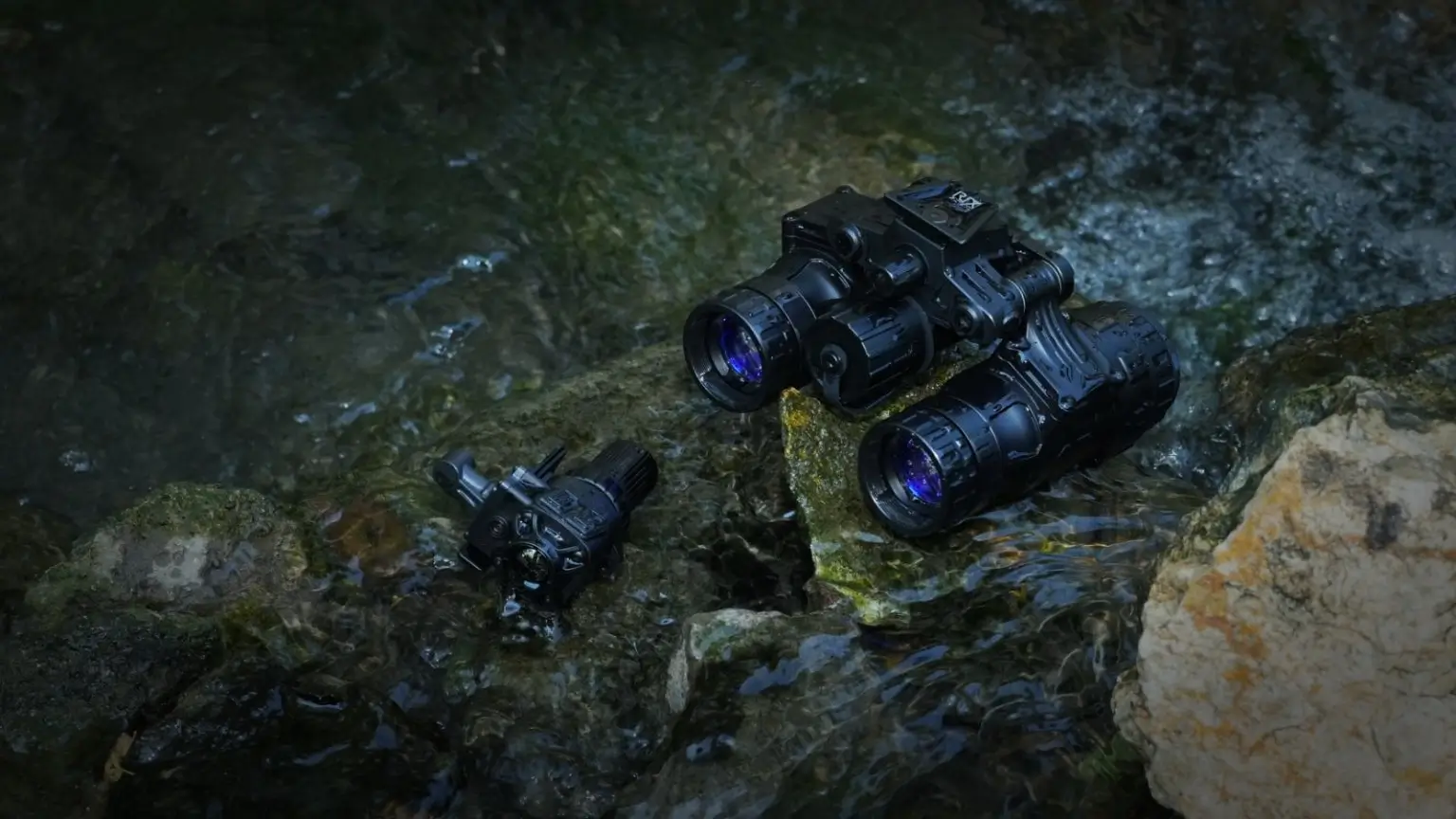
Comments